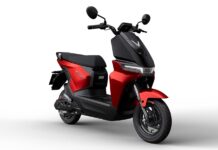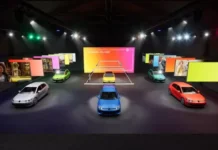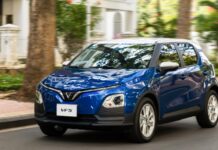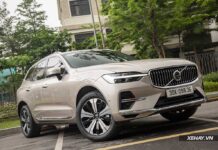In a bid to reduce emissions and transition to sustainable transportation, many nations are exploring alternatives to traditional internal combustion engines.
Alongside electric and hybrid vehicles, hydrogen-powered cars are gaining traction as a promising solution, potentially shaping the future of the automotive industry. However, a critical question remains: Are hydrogen vehicles truly environmentally friendly and ready for widespread adoption?
Two Main Development Paths: FCEV and H2-ICE
Technically, “hydrogen vehicles” fall into two primary categories: Fuel Cell Electric Vehicles (FCEV) and Hydrogen Internal Combustion Engine Vehicles (H2-ICE).
Currently, FCEVs dominate the passenger car segment. These vehicles use hydrogen in fuel cells to generate electricity, powering the motor without emitting CO₂. Notable examples include the Toyota Mirai and Hyundai Nexo.
H2-ICE vehicles, on the other hand, focus on higher operational efficiency, utilizing liquid hydrogen in place of gasoline or diesel in traditional internal combustion engines. Prominent prototypes include the Toyota Corolla Cross H2 Concept, commercial trucks by Cummins, MAN, and Volvo, and BMW’s H2-ICE model, which is being developed alongside battery and fossil fuel systems.
Environmental Impact Depends on Hydrogen Source
While classified as zero-emission vehicles, the environmental friendliness of hydrogen cars largely depends on the method of hydrogen production. The hydrogen industry categorizes this fuel into three main types:
Grey Hydrogen (Grey H₂): Produced from fossil fuels like natural gas or coal. This type is cost-effective and utilizes existing infrastructure but results in high CO₂ emissions during production.
Blue Hydrogen (Blue H₂): Similar to grey hydrogen, but incorporates carbon capture and storage (CCS) technology to reduce emissions.
Green Hydrogen (Green H₂): Generated through water electrolysis using renewable energy sources such as wind, solar, or hydropower, ensuring zero emissions throughout the entire process.
Only when Green Hydrogen is used do hydrogen vehicles become truly eco-friendly from production to operation. However, the high production costs of Green H₂ currently hinder large-scale commercialization, a challenge even for developed nations.
Advantages and Disadvantages Compared to Electric Vehicles
Compared to battery-powered electric vehicles, FCEVs offer significant advantages: faster refueling times, lighter vehicle weight, and no range limitations due to battery capacity. These benefits are particularly valuable for trucks and long-haul vehicles, where lengthy charging times are a concern.
However, hydrogen vehicles face several drawbacks. The costs of production, transportation, and hydrogen storage remain high; the refueling station network is underdeveloped; and the energy conversion efficiency of hydrogen vehicles is lower than that of electric vehicles.
Additionally, hydrogen vehicles struggle to match the performance of electric sports cars due to the nature of their drivetrains. Some manufacturers are exploring hybrid solutions, combining hydrogen with electric technology to balance efficiency and sustainability. A notable example is the BMW iX5 Hydrogen, a collaboration between BMW and Toyota.
Global Trends and Prospects in Vietnam
Globally, Japan, Germany, the United States, and China lead in hydrogen technology and infrastructure development. Japan has established hundreds of refueling stations, while China aims to deploy over 50,000 FCEVs by 2025.
In Southeast Asia, Singapore and Malaysia are piloting hydrogen-powered trucks and buses in urban areas to reduce emissions.
In Vietnam, hydrogen technology remains novel. Domestic enterprises primarily focus on pure electric and hybrid vehicles, which align better with current energy infrastructure and market demands. Nonetheless, experts suggest that Vietnam could gradually engage in the Green Hydrogen production value chain, especially as the country accelerates its transition to renewable energy and strives to achieve net-zero emissions by 2050.
Long-Term Outlook
Hydrogen vehicles are not the sole solution for green transportation but represent a crucial component of future eco-friendly mobility ecosystems. With their zero-emission operation, quick refueling, and potential integration with electric technology, hydrogen is becoming a strategic focus for many nations and major corporations.
TH (Tuoitrethudo)
“V-Green and GSM Partner with MERALCO to Develop Electric Vehicle Infrastructure in the Philippines”
“Global Charging Station Development JSC and Green and Smart Mobility JSC are thrilled to announce their Memorandum of Understanding with Manila Electric Company (Meralco), the Philippines’ largest power utility company. This exciting collaboration marks a significant step forward in our journey towards a greener and more sustainable future.”
















































